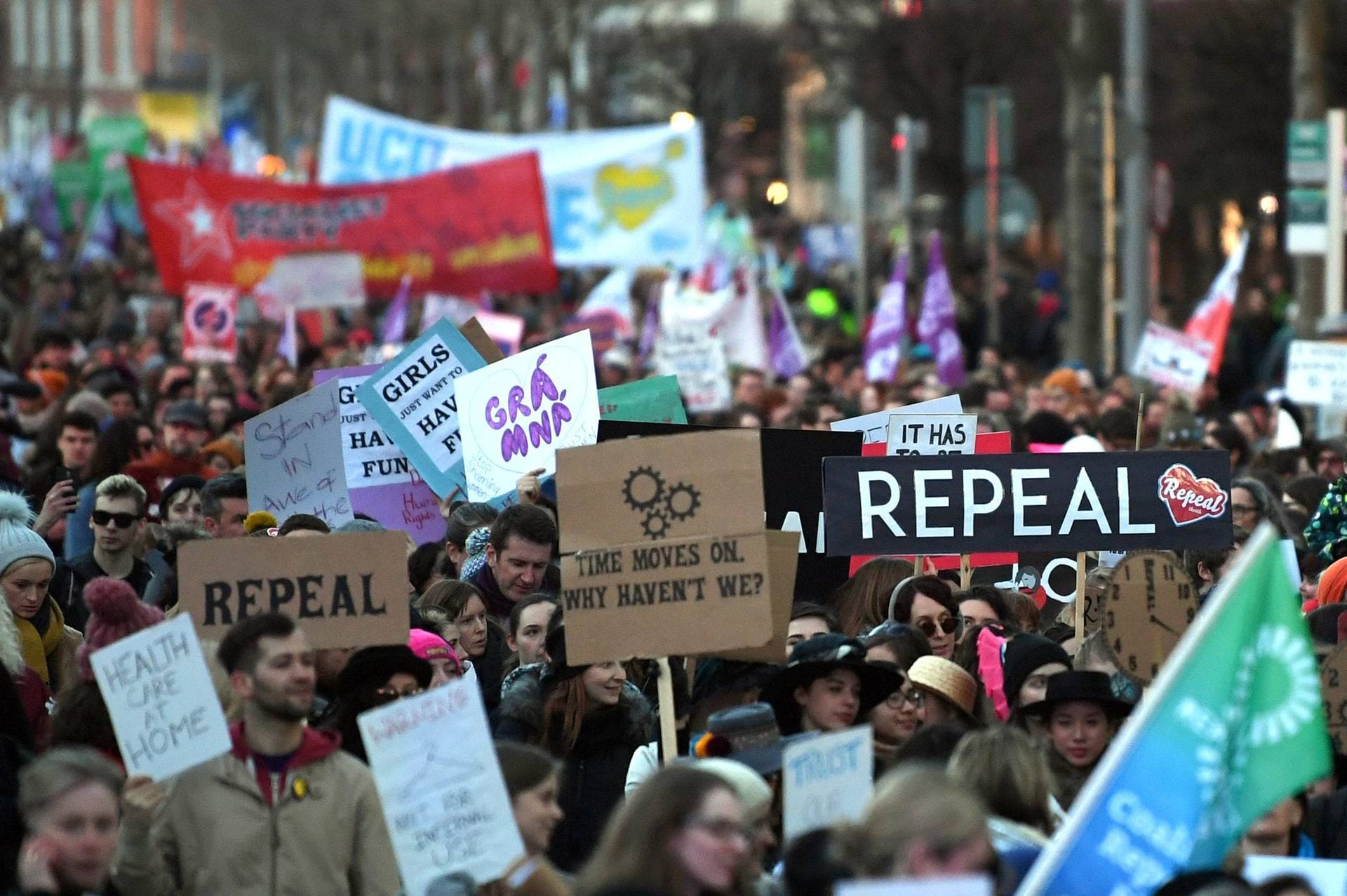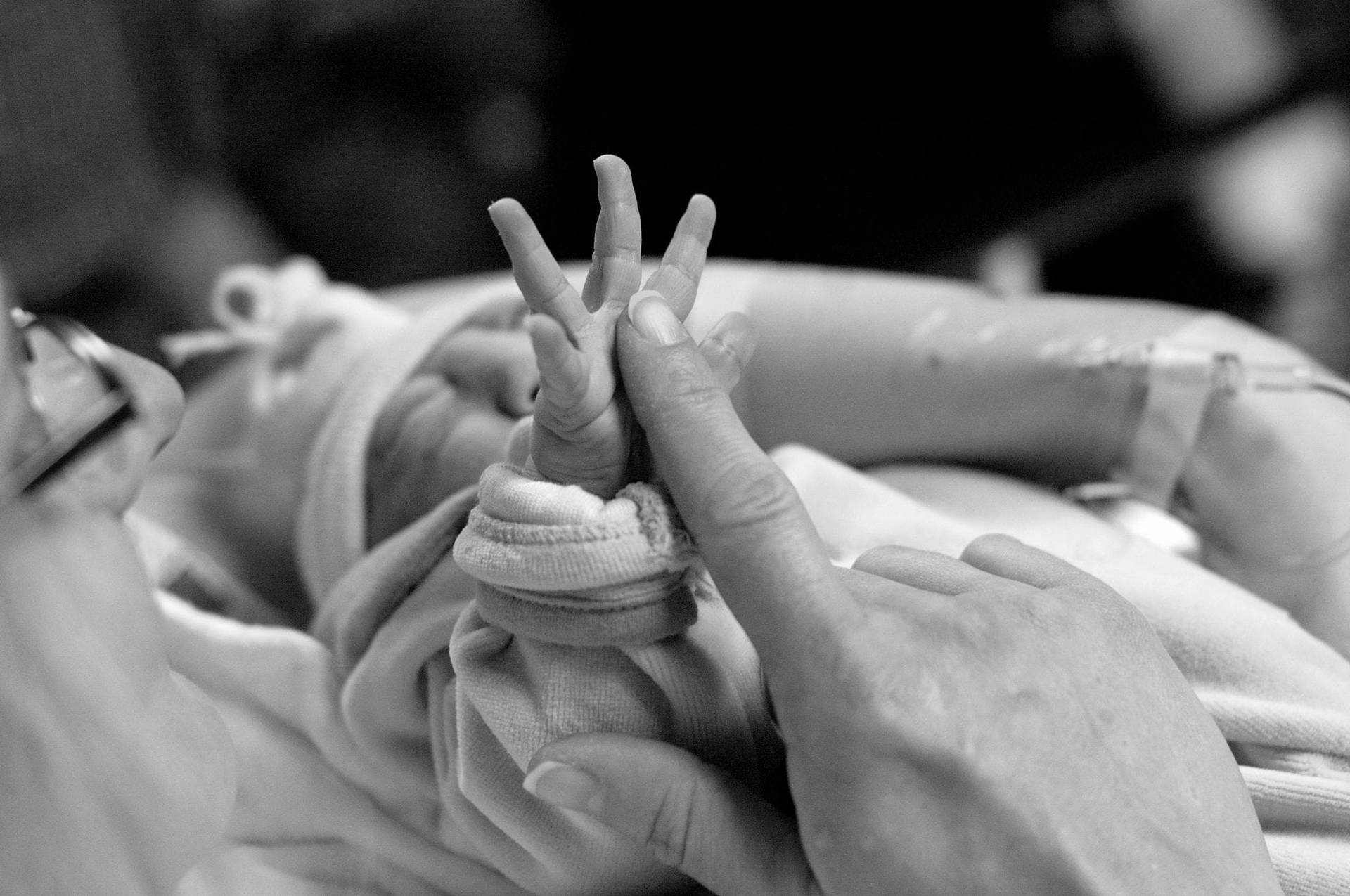May a good Roman Catholic get a nose job? What about a tummy tuck? Or a breast enhancement? Does the tradition of Pope Francis, which has been getting such enthusiastic attention lately, have wisdom to offer about cosmetic surgery?
The Church’s official catechism cautions believers not to “idolize physical perfection,” but never specifically mentions such operations. At least two popes have, however, raised the issue of cosmetic surgery. In 1958, Pope Pius XII said the morality of such surgery “depends on the specific circumstances of each case,” and in 1989, Pope St. John Paul II praised the “noble mission” of dental and maxillofacial surgeons, some of whose work involves cosmetic procedures.
“Women’s Cultures: Equality and Difference,” a working paper issued before the recent Vatican plenary assembly on women, was written by an unidentified group of women for the Pontifical Council for Culture. It offers a glimpse of the latest Catholic thinking about cosmetic surgery, and it seems to raise yet another issue of gender and sexuality for the young papacy of Francis — already in the news for statements about homosexuality, abortion, divorce, and birth control.
The document places cosmetic surgery in the context of modern media, advertising, and body-image issues, bringing a Catholic perspective to a bioethical issue that other religious groups, including Jews and Muslims, are also finding inescapable.
At one point, the document compares plastic surgery to the burqa, the full-body covering for women. The authors write that such surgery, in covering a woman’s natural appearance, is a betrayal of the “truth of the feminine self,” contributing to the culture’s “exploitation of the female body for commercial benefit.”
Cosmetic surgery is mentioned twice in the document’s 12 pages, the first time halfway through. “Plastic surgery that is not medico-therapeutic,” the authors write, “can be aggressive toward the feminine identity, showing a refusal of the body.” In other words, surgery for purely cosmetic reasons involves a rejection, rather than an embrace, of women’s natural, God-given bodies. (The same would presumably be true of men electing such surgery, although this paper is directed at women.)
Then, coming on the heels of a paragraph about domestic violence, the document invokes even bolder language, comparing procedures like face lifts to the burqa. “Plastic surgery is like a burqa made of flesh,” it reads. “One woman gave us this harsh and incisive description. Having been given freedom of choice for all, are we not under a new cultural yoke of a singular feminine model?”
Cristina L.H. Traina, who teaches Catholic social ethics at Northwestern, said she was happy to see that the document critiqued plastic surgery without blaming women. Society, not women themselves, is creating the “unrealistic physical standards” that led to such operations, she said.
“If we talk about ‘the burqa of the flesh,’ it’s an outward appearance being forced upon women, demanded of them,” Traina said.
She also noted the significance of placing a passage about cosmetic surgery near the section on violence against women.
“You can see it as part of an argument about devaluation of women in their bodies,” she said. “It is the prelude to what becomes a very meaty argument right after that about violence against women and women’s victimization, and women being reduced to producers of things, rather than nurturers of people.”
But feminist Catholic thinkers, while appreciating that conclusion, worry that the document relies on stereotypes about inborn differences between the sexes. At one point, for example, the document suggests, that there is “a difference between the feminine and the masculine in techniques of problem-solving.”
Both Traina and another Catholic ethicist, Lisa Sowle Cahill of Boston College, said that some of the document’s language about women, language characteristic of an earlier papacy, undercuts its more progressive message. On one hand, the document wants to liberate women from unrealistic standards of beauty, which seems progressive. But on the other hand, it contains patriarchal language that devalues them, relative to men.
“The document reflects a very romanticized, idealized view of women’s special nature, as formulated in John Paul II’s ‘complementarity’ model of gender,” Cahill wrote in an e-mail. “How the ludicrous statement that the pinnacle of women’s physical embodiment is ‘the womb’ — not the brain, as with other human beings — could possibly have passed the scrutiny of any Pontifical Council members with the slightest degree of self-awareness, never mind interest in the welfare of women, is beyond me.”
(The passage to which Cahill referred is as follows: “The physicality of women — which makes the world alive, long-living, able to extend itself — finds in the womb its greatest expression.”)
“The document is trying to move toward contemporary concerns and address unjust inequality, while still hanging on to this model,” Cahill said.
By bracketing, and implicitly condoning, plastic surgery that is “medico-therapeutic,” the document aligns Catholics with the advice of other religions. In Judaism, there is a general bias against surgery that is not medically necessary. Muslims, too, approve of surgery to correct deformations or to repair damage.
What’s more, all three traditions extend that reasoning to allow cosmetic surgery that is necessary for one’s emotional health.
“The mainstream opinion is to allow cosmetic surgery that a person feels very strongly is going to help them in some significant way in life,” said David Shabtai, a rabbi and doctor who has taught bioethics at Yeshiva University. “If a girl doesn’t think she is going to be able to find a husband because she is so ugly, the rabbis will end up saying, ‘If it really, really, really bothers her so much, it’ll be okay.’ ”
Suhaib Webb, an imam at MakeSpace, a Muslim community that meets around Washington, said that traditional Islam discourages, even bans, cosmetic surgery. But he is not unusual, he said, in allowing room for personal discretion.
“My question is, ‘How deeply rooted is this in your personal well-being?’ ” Webb said. “My feeling is, if you talk to your physician and your physician says, ‘This is rooted in your well-being and personal health,’ that is up to you. But I wouldn’t say, ‘Hey, go get a new nose.’ ”
And he, like the authors of the Catholic document, said cosmetic surgery must be viewed in the context of today’s artificial standards of beauty — which he said Islam must push against.
“The other side of this is the construction of beauty in America,” he said, “which I think is unhealthy, because it pushes women to do stuff rooted in marketing.”
The question for Catholics is whether “Women’s Cultures: Equality and Difference,” rejecting unrealistic norms of beauty for women, nevertheless, demeans them in other ways. The nonbinding document was comfortable with the antiquated language that “the feminine identity is the point of convergence of daily fragility, of vulnerability, mutability and multiplicity between emotive interior life and exterior physicality.”















